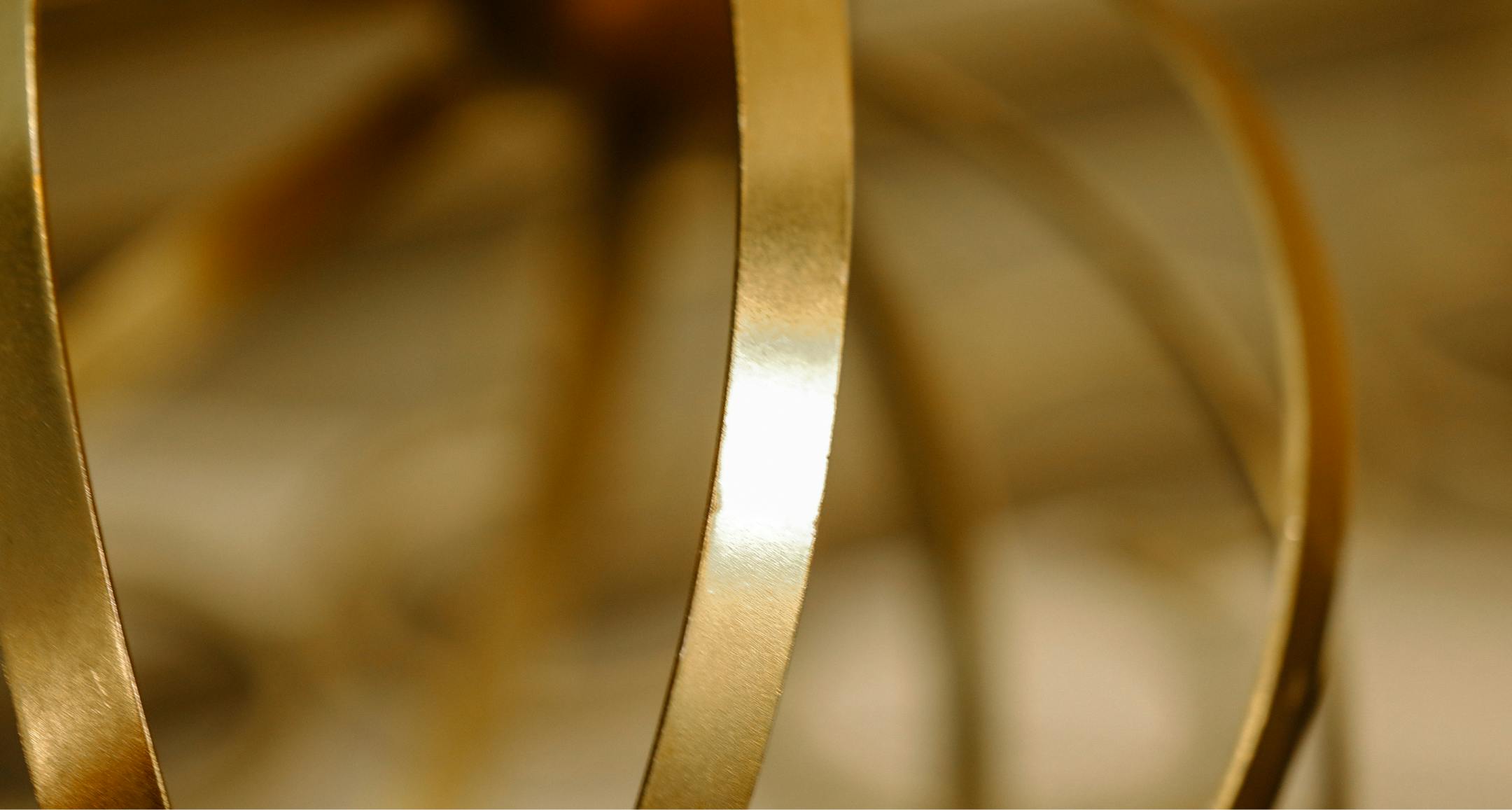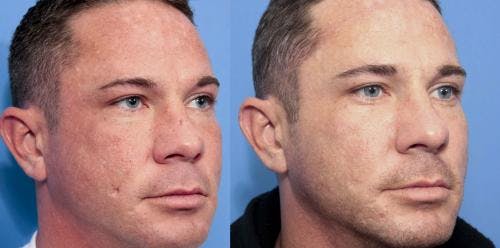Scars—whether they're caused by accidents or by surgery—are unpredictable. The way a scar develops depends as much on how your body heals as it does on the original injury or on the surgeon's skills.
Hypertrophic Scars
Hypertrophic scars are often confused with keloids since both tend to be thick, red, and raised. Hypertrophic scars, however, remain within the boundaries of the original incision or wound. They often improve on their own—though it may take a year or more—or with the help of steroid applications or injections. If a conservative approach doesn't appear to be effective, hypertrophic scars can often be improved surgically. Dr. Cappuccino will remove excess scar tissue, and may reposition the incision so that it heals in a less visible pattern. This surgery may be done under local or general anesthesia, depending on the scar's location and what you and your surgeon decide. You may receive steroid injections during surgery and at intervals for up to two years afterward to prevent the thick scar from reforming.
Contractures
Burns or other injuries resulting in the loss of a large area of skin may form a scar that pulls the edges of the skin together, a process called contraction. The resulting contracture may affect the adjacent muscles and tendons, restricting normal movement.
Correcting a contracture usually involves cutting out the scar and replacing it with a skin graft or a flap. In some cases, a procedure known as Z-plasty may be used. And new techniques, such as tissue expansion, are playing an increasingly important role. If the contracture has existed for some time, you may need physical therapy after surgery to restore full function.
Facial Scars
Because of its location, a facial scar is frequently considered a cosmetic problem, whether or not it is hypertrophic. There are several ways to make a facial scar less noticeable. Often it is simply cut out and closed with tiny stitches, leaving a thinner, less noticeable scar. If the scar lies across the natural skin creases (or "lines of relaxation") Dr. Cappuccino may be able to reposition it to run parallel to these lines, where it will be less conspicuous. Some facial scars can be softened using a technique called dermabrasion, a controlled scraping of the top layers of the skin using a hand-held, high-speed rotary wheel. Dermabrasion leaves a smoother surface on the skin, but it won't completely erase the scar.










